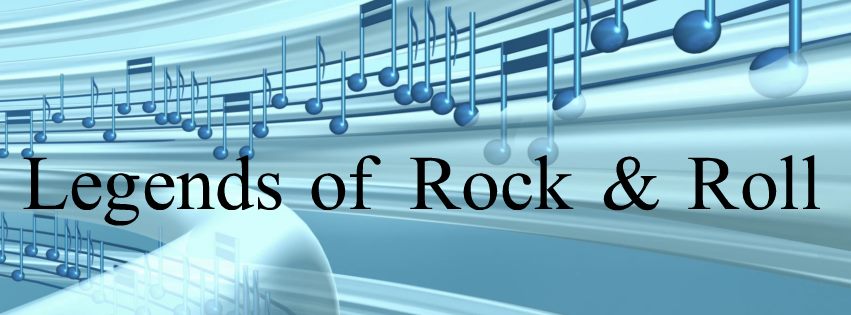36-“Diana” – Paul Anka

http://www.amazon.com/dp/B00772I9V6
You might not know, but Paul Anka is Canadian, being born in Ottawa, Ontario in 1941. At the age of fifteen, he traveled to Los Angeles to visit his uncle Maurice Anka. While here, he became acquainted with the music scene that was beginning to emerge in America. He heard the song “Stranded in the Jungle” by the Cadets, liked it, and noted that the label’s offices, Modern Records, were right near where he was. So, he decided to write a song and present it at the Modern office. The song was called “Blau-Wile Deveest Fontaine” and while I don’t know what that means, they liked the song and proceeded to record it. The Cadets sang backup.
The song did not sell, however, and Paul went back to Ottawa, dejected. The following summer, he won a trip to New York and decided he would try again with the music business. He had written several songs by this time and approached Don Costa with ABC-Paramount Records.Costa liked what he heard and signed Paul to a contract. The first single he recorded was his own composition, “Diana.” Since Paul was a minor, his father had to come down from Ottawa to sign the contracts.
Before I wrote the Paul Anka book, I had heard all of my life that Paul wrote this song about a babysitter he had when he was a little younger. There are still sites on the internet that claim that this is true. But, Paul, himself, says that it is not true. Diana is a girl who went to his church and he had a crush on her. Her name is Diana Ayoub. I don’t think she was his babysitter. She was about three years older than him, so, essentially, she did not know he existed. As far as I know, the real Diana Ayoub still lives in Ottawa and every now and then someone will approach her about her fame as the subject of a popular song.
The song “Diana” is based on a then new style of Latin music called “cha-lypso” which is a combination of the cha-cha done to a calypso beat. Cha-lypso had only been invented a few months earlier when teenagers needed a beat and a dance step that they could dance to Mickey and Sylvia’s “Love is Strange”.
“Diana” went straight to number one on the Billboard Jukebox Charts in 1957. It hit number two on the Hot 100. It also peaked at number one on the R&B charts as many songs crossed over to the R&B charts in the Fifties. It also hit number one in his native country Canada. “Diana” became one of the biggest selling records, ever, by a Canadian, eventually selling over 20 million copies.
In spite of his success, he was not respected back in his home town. Not at first, anyway. He played there in 1958 expecting a hometown welcome, but instead was booed. He was so hurt that he refused to play Ottawa for the next twenty years.
Next: “Honeycomb” – Jimmie Rodgers

Comments
36-“Diana” – Paul Anka — No Comments